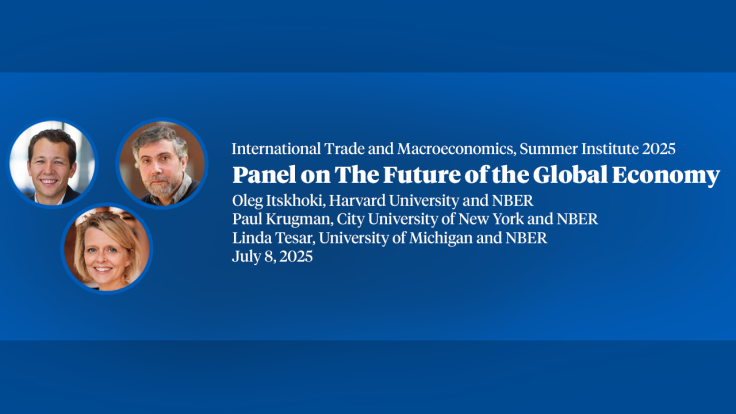Employment Relationships, Wage Setting, and Labor Market Power
We ask to what extent the quantification of labor market power depends on the modeling of the long-term worker-firm employment relationship. We develop an oligopsony model with dynamic wage contracts. Workers decide whether and where to work, choosing among firms providing different amenities and solving a dynamic discrete choice labor supply problem with firm-specific human capital. As a result, firms optimally choose wage-tenure contracts to attract and retain workers. We find that such contracts mitigate firms' incentives to impose large instantaneous wage markdowns—compared to standard static wage-setting models—thereby reducing the share of socially inefficient worker-firm separations. As a consequence, we show that the empirical approaches based on "sufficient statistics" tend to overestimate the extent of labor market power: low levels of firm-specific labor supply elasticities do not necessarily indicate rent extraction, but instead reflect firms’ ability to retain workers by offering long-term value through human capital accumulation.
-
-
Copy CitationFrancesco Agostinelli, Domenico Ferraro, Giuseppe Sorrenti, and Leonard Treuren, "Employment Relationships, Wage Setting, and Labor Market Power," NBER Working Paper 34439 (2025), https://doi.org/10.3386/w34439.Download Citation


